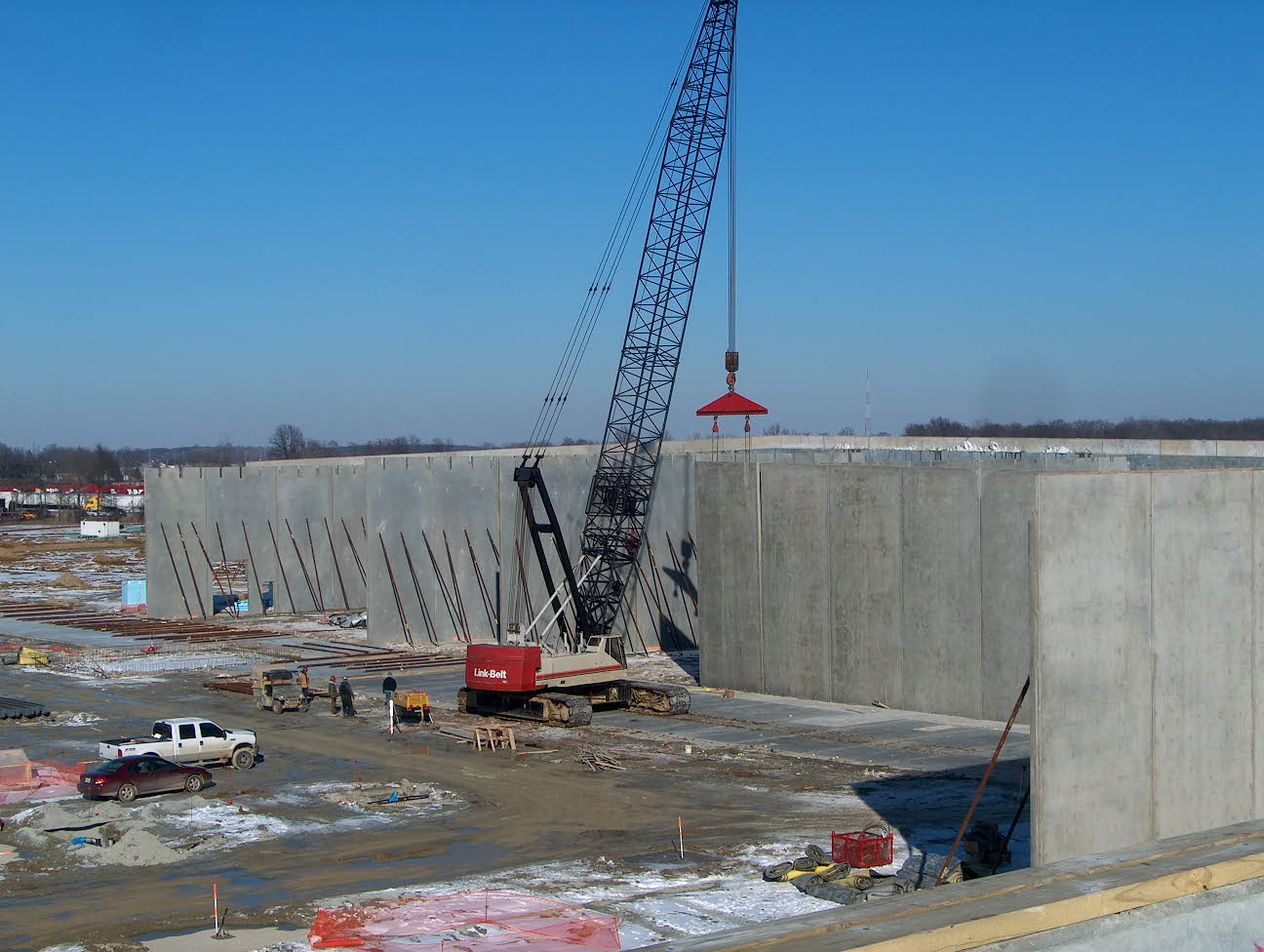[Infographic] Design Only vs. Design-Build: Pick the Best Delivery Method for Your Next Food Project
When it comes to constructing a new food or beverage facility, there is no one delivery method that works best for all projects. Each approach has its own advantages and disadvantages.
Design-build can be fast and efficient because construction begins while the design phase is still underway, but completing the entire design before any ground is broken can give you greater insight to anticipated final costs. How do you choose? Check out our infographic to help narrow down your decision:




![[Infographic] Design Only vs. Design-Build: Pick the Best Delivery Method for Your Next Food Project](https://stellarfoodforthought.net/wp-content/uploads/2017/08/Stellar_Design-only-infographic_05242017.png)






